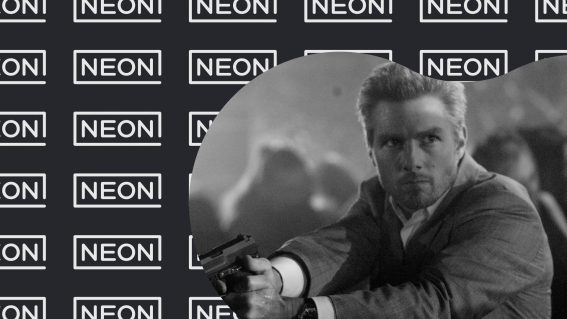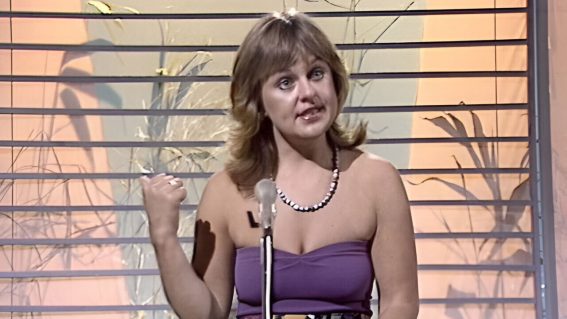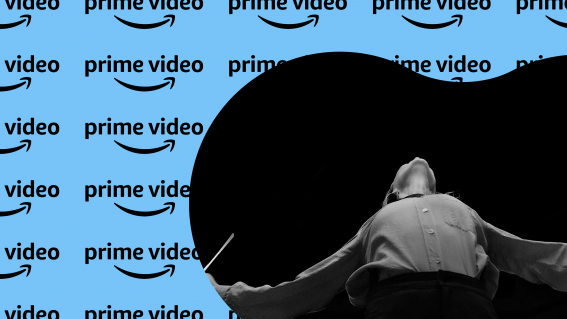Warwick Thornton talks Cate Blanchett and the ‘pure cinema’ of The New Boy

Warwick Thornton is back with new outback drama The New Boy . The director chats with Stephen A Russell about working with Cate Blanchett, revelling in ambiguity, and the moment he spotted newcomer Aswan Reid’s head and knew cinematic magic awaited.
The New Boy
Warwick Thornton, the celebrated filmmaker behind Sweet Country and Samson & Delilah, knew he had discovered the young lead of The New Boy—his latest outback wrangling with the twisted history of Australia, which opened the Sydney Film Festival after bowing at Cannes—from the back of breakout star Aswan Reid’s head.
“The first snippet I saw of him was on a mobile phone,” Thornton, dressed in his trademark black, says of the rough and ready self-tape captured by Reid’s mum from the Kiwirrkurra community in Western Australia’s Gibson Desert, some 900 kilometres west of Alice Springs where Thornton grew up. “It’s just the back of his head and his crazy blond hair as he’s walking along a dirt road, spinifex either side of him, no shirt on and a pair of shorts, and I went, ‘What is this?’”
Thornton, who also sported golden locks as a young lad—as all desert kids do, he says—was instantly captivated by the way Reid held himself. “If I can get that kind of emotion just from the back of him, and I’m literally turning the phone, trying to see his face, imagine what can happen in anamorphic with a Panavision vision camera and vintage lenses?”
Reid’s shock of sun-bleached hair mirrors “the manmade disaster which is the Australian Wheatbelt that goes from Perth to Brisbane, cutting everything down so it’s just wheat, barley or canola,” Thornton says of a subtle visual cue that goes to the heart of The New Boy’s 1940s tale of colonial intervention.

When we first spy Reid, the unnamed lad of the title, he’s attempting to choke out a hulking policeman before being knocked out by a boomerang blow from an older First Nations man. This intriguing set-up sees him dumped on the doorstep of a monastery run by Tár star Cate Blanchett, as incredible as ever as the rough-edged Sister Eileen who has carved her fiefdom in this hard-scrabble patch far from the patriarchal gaze. “She’s purely trying to survive, and to do that, she has to conform,” Thornton says.
So too does the new boy. Sister Eileen takes him under her wing with the aid of Total Control lead Deborah Mailman’s Sister Mum, but at what price? The flickering firelight that dances around his fingers, signifying his spiritual connection to Country, slowly dims in the glare of their Catholicism.
Truth in fiction
Thornton faced a similar dilemma as a mischievous young man when his mum, at her wits’ end, sent him to a boarding school in WA run by Spanish Benedictine Monks. “I didn’t have a bad experience, I actually needed it,” Thornton says. “I was a highly annoying child in Alice, spending more time on the streets than at school or at home.”
But he couldn’t wrap his head around the grim vision of crucifixes on the wall. “Why would you leave him up there?” Thornton recalls thinking. “He’s obviously in pain, the poor bugger. Why are we bastards torturing him? Wouldn’t you get him down and into bed with a cup of Milo?”
The macabre iconography stuck with Thornton, bleeding into his filmmaking most directly in The New Boy. “The church was the first cinema of horror, in a strange way,” he says. “Well, this history’s only 2000 years old, but the magic that the new boy’s playing with is minimum 50,000.”
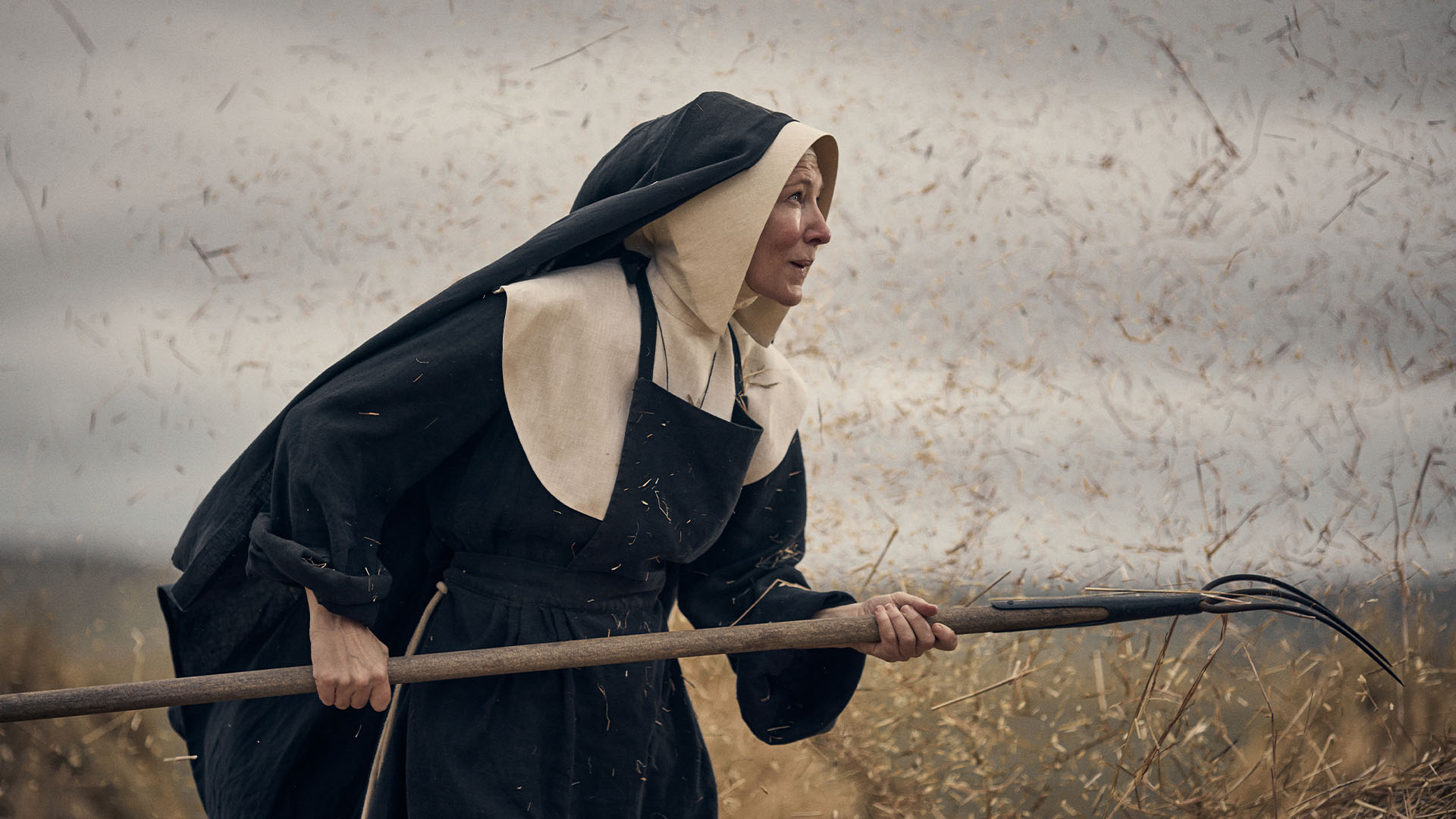
Blanchett glimmers in a complex role. “She’s total rock and roll, and she scared the hell out of me every day,” Thornton chuckles. Before you panic that another hero is about to be undone by demoralising tales of bad behaviour, quite the opposite is true. Thornton was in awe of Blanchett, who, as producer alongside husband Andrew Upton, fiercely supported his vision.
“She’d ask questions that I’d need a week to think about that, but we’re shooting in about five minutes,” Thornton says. “I did sometimes feel that I wasn’t worthy, but that’s just my inner fears and self-doubt. She’s very strong and knowledgeable, and that’s where some really magical stuff happens.”
If you build it
Thornton loves grounding his films in a sense of place, erecting The New Boy’s monastery on location. “I stood six months before shooting and said, ‘Okay, here’s the perfect vista, we’ll build it all here,’ a bit Days of Heaven, rather than searching around towns and using a little bit of this building and a little bit of that building.”
But the new ever-encroaches on the old. “When we came back and I put in the first pegs, 150 wind turbines had been built on the hill,” Thornton guffaws. “I love them, and they’re going to save our arses, but you just know it’s going to cost a fortune to paint them out, which wasn’t a good carbon offset.”
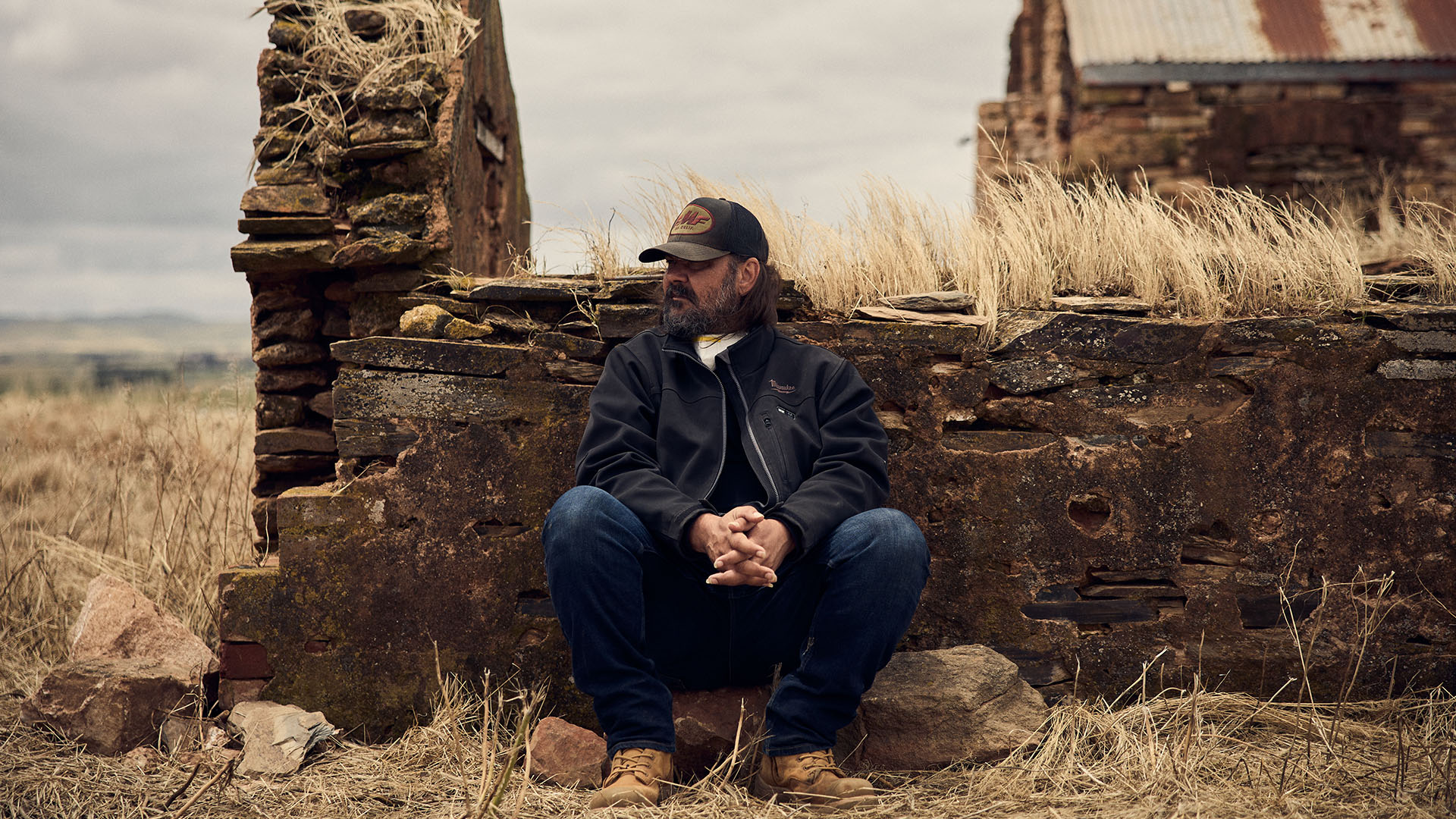
For Thornton, who wrote, directed and handled the cinematography on The New Boy, a lot of filmmaking is looking and listening. It’s why, after watching back the rushes on the film’s spectacular opening sequence, Thornton had to go back to Nick Cave and Warren Ellis to ask them to rethink what was meant to be a minimal score.
“We had been talking about, not necessarily a jug band, but a violin or two, and suddenly this film needs a monster score,” Thornton says. “So I rang them up when they were in London about to start recording a new album and I was like, ‘Okay, I’m really sorry, but you’re gonna have to order like 30 cellos and violins.”
The New Boy is pure cinema, just the way Thornton likes it. “It’s going to be big. It’s going to be loud. And it’s going to want to shine in a cinema. And we don’t care about iPads and streamers. We care about anamorphic cinema and 300 people all watching it together.”











